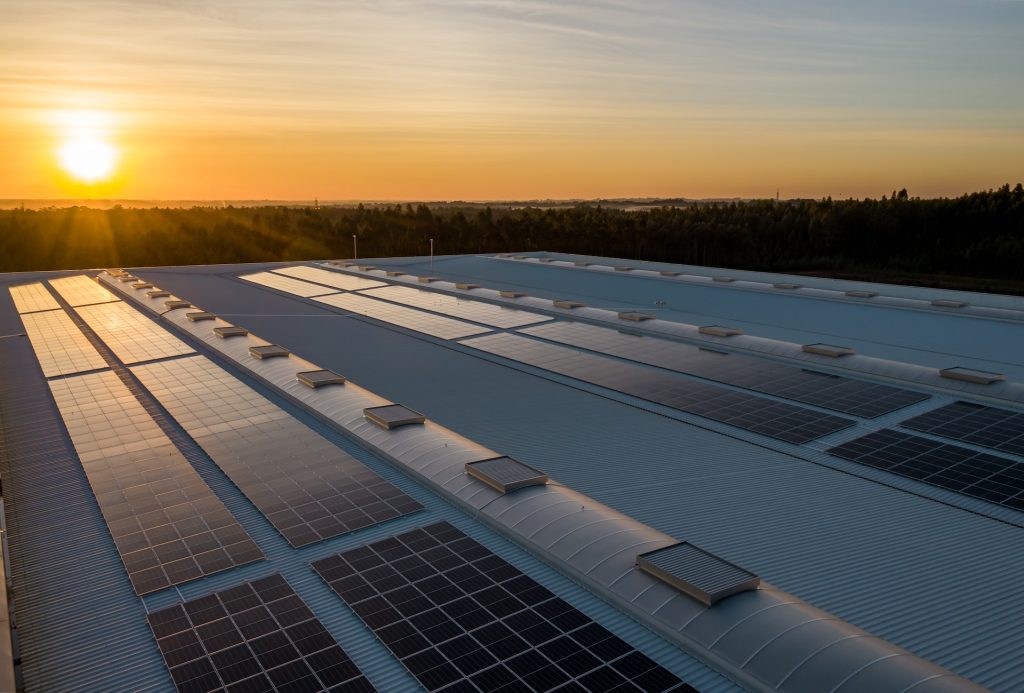Energy transition means the gradual shifting of the primary energy supply. This is from fossil fuels to renewable energy sources. Changing the source of our energy is one of the greatest challenges of our time. And, for good reason! There is a rising awareness of climate change and its effects. With it, governments, businesses, and households have begun the process.
As with all global endeavors, it is easier said than done. While it is ongoing, many obstacles stand in the way of this change. What does it take to achieve a complete energy transition? And is all this effort even worth it?
What’s Holding Us Back?
Intermittency
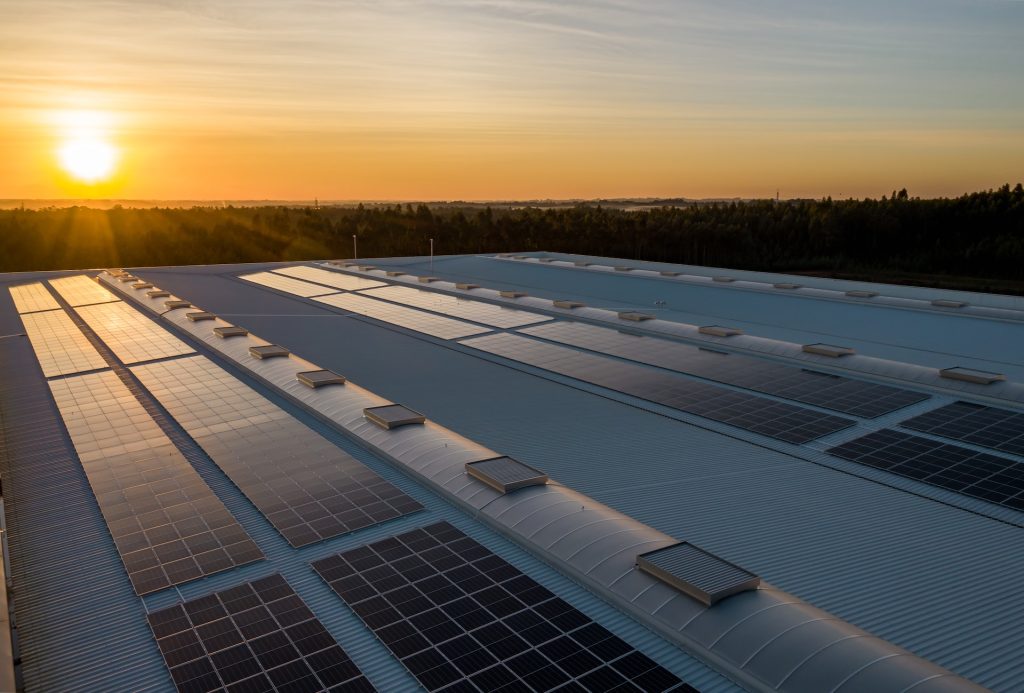
Intermittency. It’s the first challenge when it comes to transitioning to a renewable energy grid. It means renewable energy sources are not consistently available. Take variable ones like wind and solar, for example.
Think about how clouds can block the sun sometimes. Similarly, the wind can come and go every now and then. Weather conditions can cause the output from these energy sources to fluctuate. This makes wind and solar energy difficult for large-scale energy grids.
Luckily, this challenge does not affect other renewable energy sources. For example, there is hydroelectricity and geothermal energy. But these sources of renewable energy also pose challenges.
Balancing Supply And Demand
What is one of the biggest effects of the intermittency of variable renewable energy sources? It is the difficulty of balancing supply and demand.
As mentioned, changing weather conditions can affect solar and wind energy. The varying amounts of energy generated might not match the demand at a certain time.
The supply can also exceed the needed amount. When this occurs, there is nowhere to offload the excess energy. This affects the stability of electrical grids.
Demand also changes at different times. The demand for electricity during the day differs from the demand at night. Power outages can also occur. That is whether due to unexpected events or scheduled upkeep. A fully renewable energy grid must have systems to adjust and match these changes in demand.
Energy Storage
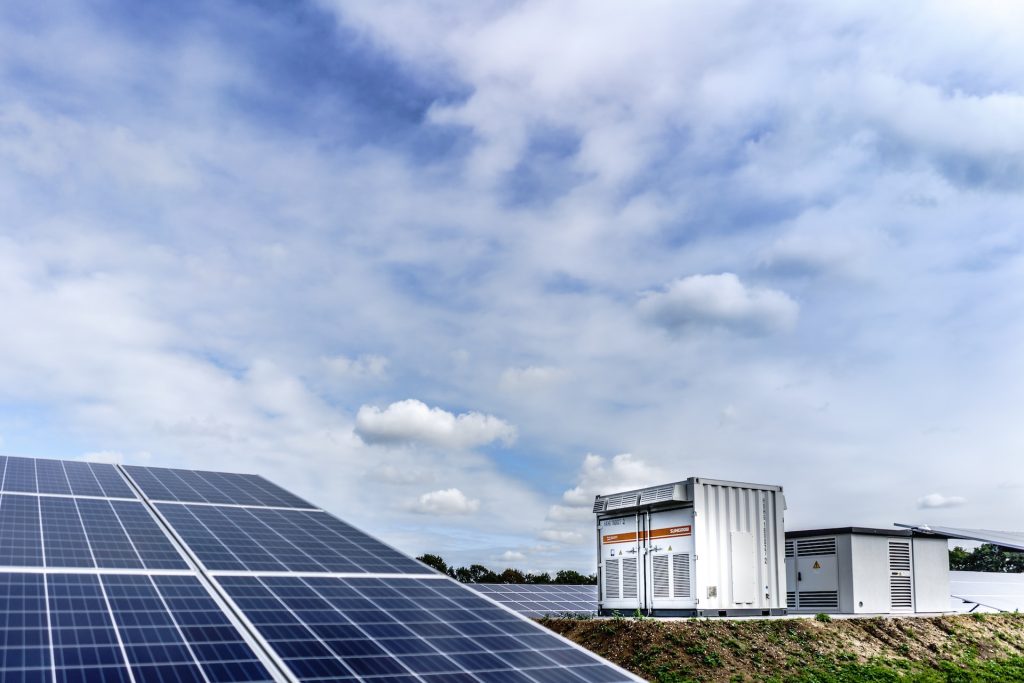
The previous challenges can be overcome with energy storage.
It refers to capturing and storing energy to use at a later time. The stored energy is converted into other forms. For example, they can become chemical or kinetic energy. When needed, it is changed back into its original form.
The development of energy storage tech is ongoing to counter drawbacks. For example, advancements in battery energy storage systems occurred in recent years. But more has to be done to extend its lifespan and reduce its need for regular maintenance.
While the solution exists, it is still a hard process. How do we meet the energy storage needs of a fully renewable energy grid? We need further development of energy storage tech.
Location Dependency
Another challenge is the location of a source of renewable energy. Wind energy systems must be somewhere with a lot of wind. Hydropower systems need a steady supply of water and a lot of land. Most geothermal power sources are around the boundaries of our planet’s major tectonic plates.
This also means renewable energy generating stations can be far from population centers. This will require building suitable transmission and distribution infrastructure. They will be used to transport the electricity generated. Based on how far they are, transmission costs can be high.
Land Use
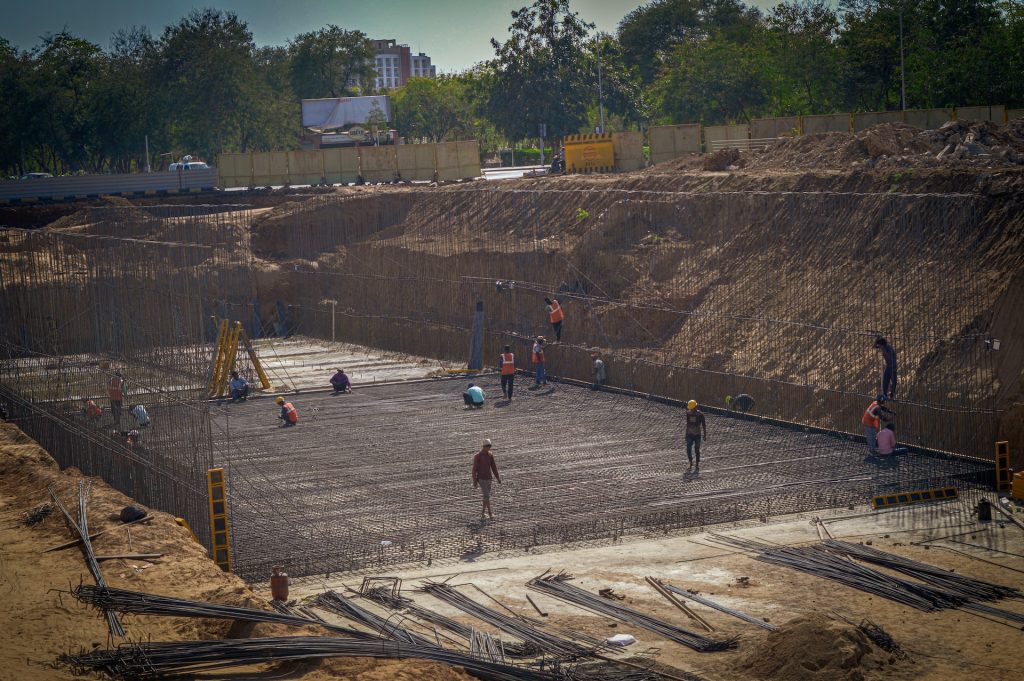
A fully renewable energy grid can face another big challenge. That comes in the form of the land needed for its infrastructure.
Have you ever seen images of solar power plants? If yes, you would know they take up lots of land. If so much energy is needed, more solar panels will be used. This means more land will be used to build the power plant.
Setting them up also means clearing the land of all that inhabits it, including vegetation. This can lead to the loss of wildlife habitats as well as soil erosion.
Another example is hydropower plants. No matter what type of power plant we choose, these sources of electricity use up a lot of land. This space use changes the nearby area. This will have a negative impact on local wildlife. The same goes for vulnerable groups of people.
Need For Skilled Labor
Recent years have seen renewable energy sources more and more in the world’s energy mix. But this effort isn’t as easy as making wind turbines and solar panels.
We need a lot of tech to generate energy and integrate them into what we have now. Projects like these will need the help of a skilled labor force. They must have knowledge and training in this kind of project.
The issue is there are barriers to finding skilled workers for the renewable energy sector. This issue affects rural areas more. Gaps have also been found in renewable energy education and training in developing countries. These problems will put the global shift at risk if they are not solved.
Costs
A lot of progress has been made to make renewable energy sources cheaper than they were before. Solar energy was once seen as too costly. Now, enough progress has been made to develop it to make it cheap and viable for homes.
Despite this, the initial investment costs still block a full energy shift into renewables. The National Renewable Energy Laboratory (NREL) has a study about it. It found that costs rise as systems rely more and more on zero-carbon sources. The reason for this is due to the intermittency of variable renewable energy.
A large-scale energy grid will also need energy storage. That is aside from tech that allows the grid to convert energy to electricity. Other costs include:
- Mixing these systems into the current infrastructure
- Costs to transmit them
- Prices to distribute them
Also, fossil fuel plants remain cheaper than solar and wind power plants. This is even with the big cuts in cost over the years. This makes the shift very risky and costly.
Government Policies
The governments of the world have the power to make changes for the shift. In fact, the cost of renewable energy has dropped thanks to their support for it. In 2022 alone, the United States and the European Union have opened the chance for further development in it.
But governments of other countries have to focus more on this effort. They must all work to achieve the shift. There is still a lack of policies and incentives to promote the move. In fact, there are still efforts to get tax incentives to boost oil and gas use.
Further Research And Development

Decades of research have helped people become aware of and accept clean energy. Still, researchers face hurdles in the push for a total energy shift.
NREL found one such research — the Inverter Challenge. This also talks about issues with shifting to a grid that uses inverter-based resources. Take wind energy and solar PV systems, for example.
Efforts are also still being made to improve energy efficiency in tech. Just look at solar PV cells and wind turbines.
There is still so much to do for the world. We are yet to have the kind of tech that will best give low-carbon energy to all. To shift fully to a 100% renewable energy grid, more support in research and development is a must.
What Can Energy Transition Give Us?
Averting The Climate Crisis
Climate change is a serious issue that affects every corner of the world. The National Oceanic and Atmospheric Administration looked at this. Global temperatures have drastically risen over the decades. This also had an impact on the water and food security of people all over the world.
We know global warming is due to greenhouse gases from burning fossil fuels. That means renewable energy helps us shift away from oil, gas, and coal. That way, we can avoid the climate crisis.
Less Pollution
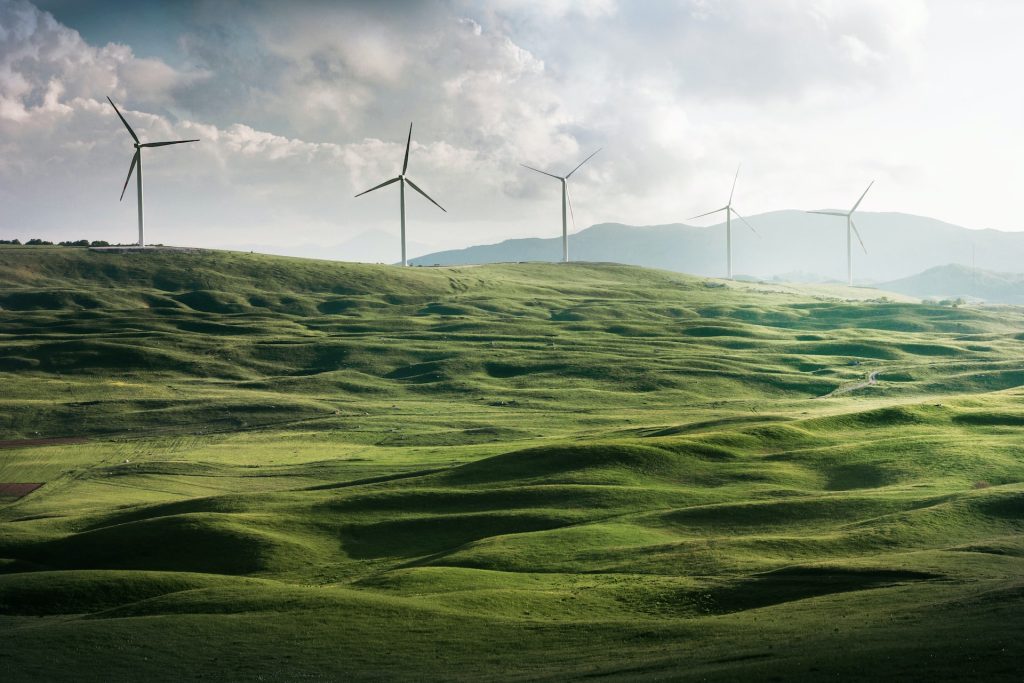
One way that burning fossil fuels hurts our world is by causing air pollution. A report by the World Health Organization sheds light on this. Around 99% of the world’s people breathe in unhealthy air. There is also a growing pile of evidence showing the damage to the human body grows at high rates.
By using clean energy sources, we can ease the impact of greenhouse gas emissions. This will then be the start of healing the world as a whole.
Cheaper Energy Costs
A total energy shift in the global sector will bring about cheaper costs. This is if the reduction trend continues. Wind and solar were once competitive with fossil fuels. Now, it is far cheaper to use zero-carbon sources than natural gas, oil, and coal.
Improved Energy Access
In this day and age, electricity is what runs our daily lives. The lights in our houses and schools use them. It powers our devices, letting us access the internet. It can even help with some chores in the house. The COVID-19 pandemic showed us how vital electricity is for work and school.
Now, try to think if you didn’t have access to electricity. The recent energy crisis could have made this a reality. But this is very real for many people in many parts of the world. What has a reliance on fossil fuels and recent events made the rest of the world realize? The need for an energy shift. And there is a very good reason why.
Wind and solar power come from abundant sources that can be found everywhere. The same goes for other energy sources like them. If we harness access to renewable energy, it can help even people in far-flung areas. A total shift will also help the world avoid another energy crisis.
Job Creation
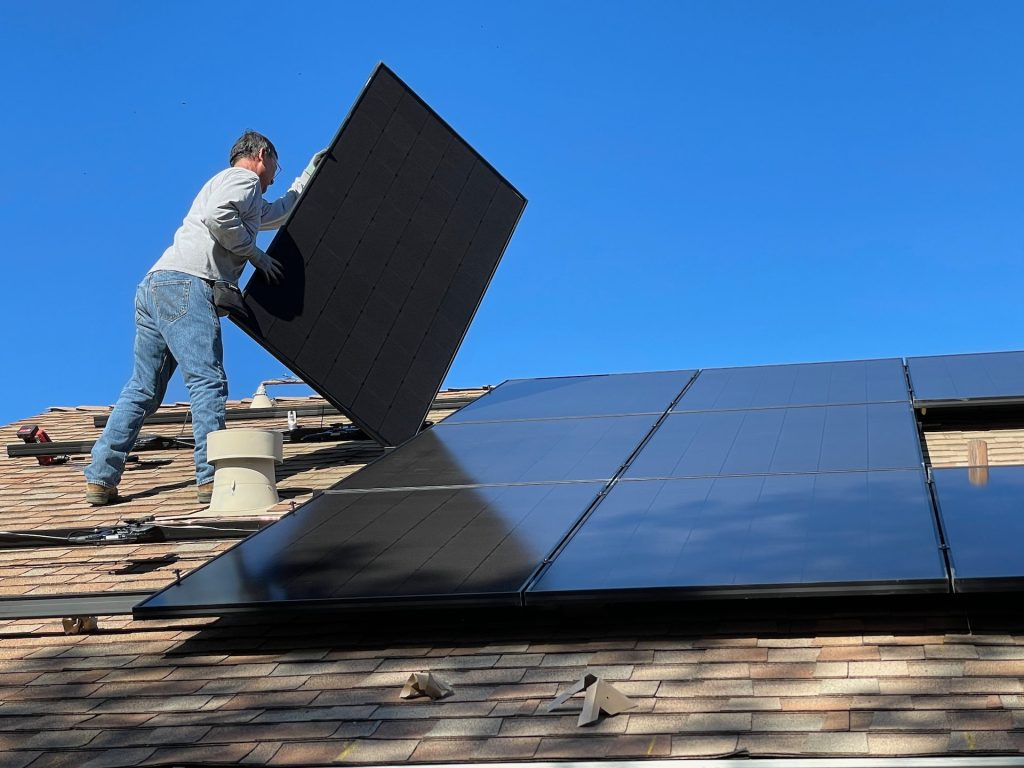
These days, the fossil fuel industry experiences a decline in profit and financial stability. This has led to many people losing jobs. That comes with the world’s energy transitions to zero-carbon sources. But this is not the end for them.
As renewable energy becomes a better option, new jobs come up in the global energy sector. More than 30 million jobs can pop up in the fields of:
- Clean energy
- Efficiency
- Low-emissions tech
Companies such as Soul Energy, Encore Renewable Energy, and Hepburn Energy are around. The demand for jobs in the renewable energy sector will be needed for the shift.
Energy Security
The International Energy Agency defines energy security. It is “the uninterrupted availability of energy sources at an affordable price”. The ability to replenish renewable energy sources is the key to energy security.
Each county has its own type of renewable energy sources within its territory. Putting each one in the energy mix ensures that the loss of one won’t affect their grid as much. That is provided enough development has gone into it. Also, access to uninterruptable energy will allow developing countries to develop more. To be specific, they can focus on social and economic issues, improving the lives of millions.
Is It Really Achievable?
We can reach a 100% energy shift. In fact, it’s in progress! Even with the many challenges each country will face, the chances make it a worthy goal. Going for low-carbon energy sources is critical to the future of the world.
But we must consider everything. Economic growth. Limiting global warming. Improving public health. We can only do them if all of us play our parts.
Governments should continue to promote the use of renewables. Businesses should aim to be sustainable. They must put it at the forefront of their operations. Each one of us should reduce our own carbon footprints when possible.
Together, we can reach the green future that we dream of.
